Participation is Key: Overcoming Hurdles to Effective Climate Action
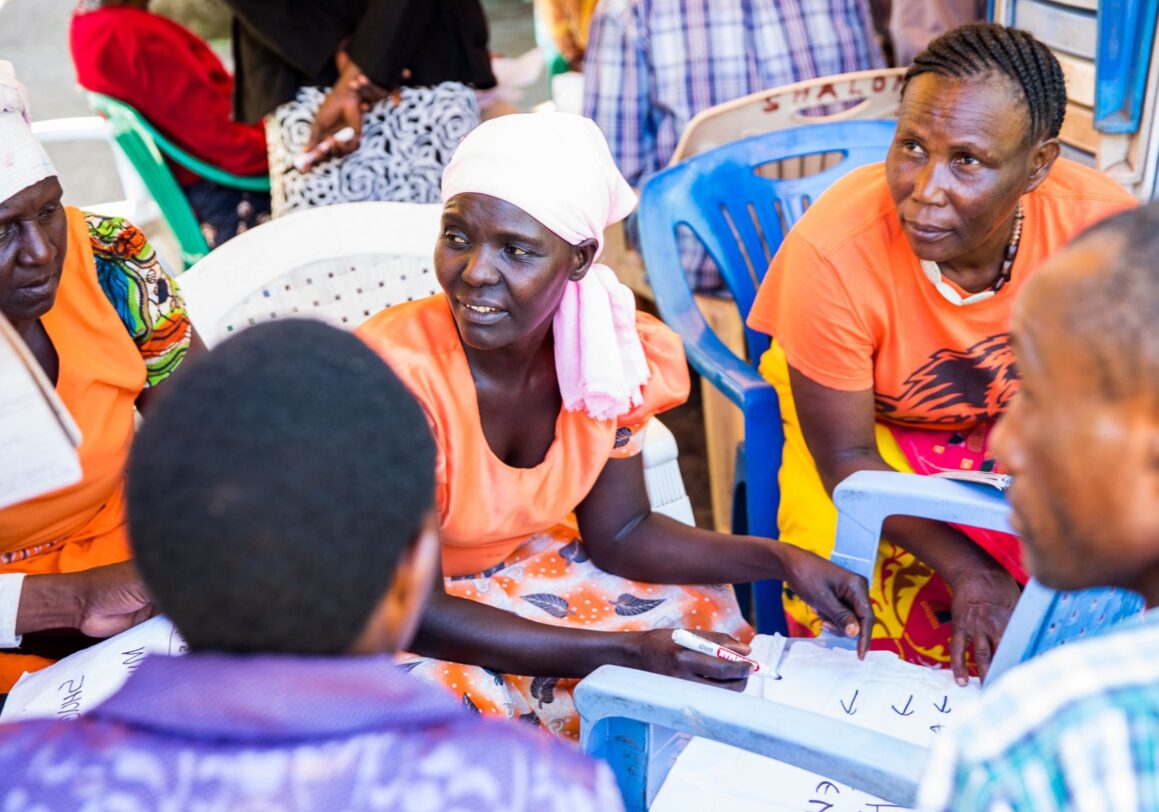
There are lots of stumbling blocks on the way to effective climate action, but many can be avoided through participation, the inclusion of women and equal rights, and farmer empowerment through digital tools. Central to overcoming these challenges is a solution-oriented, participatory approach, which helps farmers develop their own climate adaptation strategies and builds sufficient trust with local communities. An integrated methodology ensures that no one is left behind and that women and youth can play significant roles within their families and communities. While the relevance of digital communication in everyday project work continues to grow, it is not a miracle cure for all challenges.
One central bundle of measures to overcome obstacles in project workings is Participatory Monitoring & Evaluation (PM&E). PM&E is a steered process through which stakeholders at various levels, including farmers, engage in monitoring and evaluating a particular project or program. Through PM&E the stakeholders will also share control over the content, the process, and the results of their activity and engage in taking or identifying corrective actions. Victor Komakech, Climate Change Coordinator, Hanns R. Neumann Stiftung Uganda describes the crucial steps for stakeholders in the process.
WHY PARTICIPATORY MONITORING & EVALUATION?
Essentially, PM&E supports promoting self-assessment during checks on the level of adoption of project interventions. In practical terms, it helps to ensure that local people are active participants in the monitoring and evaluation (M&E) process — not just sources of information. With PM&E, collective learning becomes feasible, resulting in ownership and trust in the process and results. It ensures collective identification of key gaps in adoption and allows for collectively agreeing on suitable action to close them. Last but not least, PM&E helps to build stakeholder capacity in conducting their own assessments.
All in all, PM&E emerges as a flexible methodology capable of adaptation across diverse contexts. Moreover, the swift feedback empowers stakeholders with actionable insights, facilitating timely course corrections. The method serves as a complementary approach to conventional M&E assessments, enriching evaluations with collective learning. It not only amplifies motivation but also nurtures social cohesion within communities.
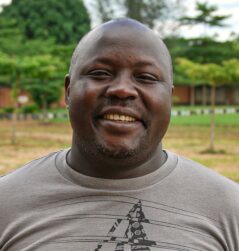
Participatory Monitoring & Evaluation exercises have yielded results on par with traditional Monitoring & Evaluation surveys. This underscores the objectivity and integrity of stakeholders involved.
However, PM&E comes with limitations: One important factor is the need for skilled facilitation to navigate participatory processes effectively because PM&E can e.g., be susceptible to dominance by strong voices within stakeholder groups, potentially twisting the discourse and its outcomes. Additionally, the resource-intensive nature of PM&E, both in terms of time and finances, poses challenges. Such constraints necessitate careful planning and allocation of resources.
EXCLUDING WOMEN FROM CLIMATE ACTION ENTAILS MAJOR LOSSES
But even if PM&E is performed accurately, it must remain piecemeal if women are not sufficiently included. In general, women’s exclusion from climate action entails significant losses because their participation is pivotal in addressing the multiple challenges posed by climate change. Understanding the gender dimensions interwoven into climate change impacts is central for Eutropia Ngido, Rural Economist from Tanzania Central, to understanding its dynamics: Climate change has significant effects on food and income security as well as on the availability of basic resources like fuel wood and water.

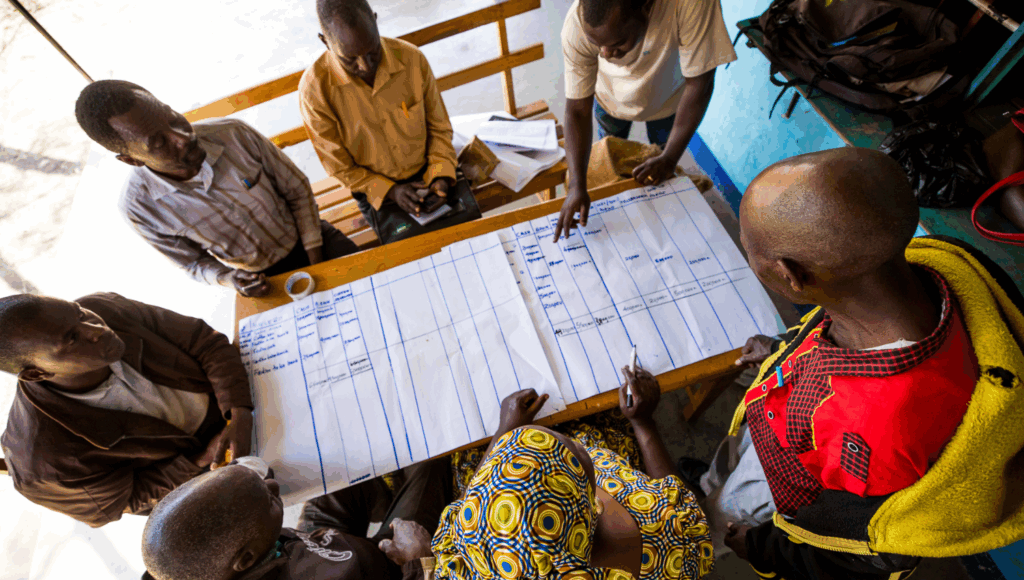
Most livelihood in East Africa depends on agriculture, natural resources, other land-based activities, and informal economy where women are key players. The indispensable roles and responsibilities shouldered by women in resource management and sustenance highlight the urgency to include them in climate action initiatives. The opportunity of utilizing the invaluable knowledge, expertise and commitment among women that can be useful in building resilience to climate change must not be missed.
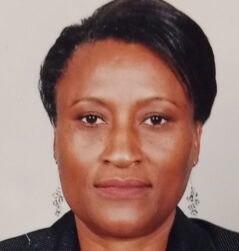
Climate change impacts affect everyone, however, not equally due to differentials in gender roles and responsibilities, accessibility and control over resources, power, and influence in key decisions caused by historical and structural inequalities.
If women are excluded from climate change actions, the consequences may become dire: The solutions found can be biased and will lack gender sensitivity as they fail to address gender-specific responsibilities, needs, and aspirations. This heightens the danger of climate change actions, e.g., mitigation measures becoming inappropriate and unsustainable. If they fail to provide women with better livelihood prospects and improve opportunities to transform women’s lives, their technological feasibility and affordability may suffer. Poorly designed climate change action plans can increase women’s vulnerability and gender inequality and place even larger risks of harmful climate impacts on women. It can result in eating less, walking long distances more often, excluding women from economic activities, and increasing their poverty. Women can become more prone to violence and gender-based violence and even suffer increased morbidity.
Naturally, challenges remain to properly include women in climate change planning and action. Power structures that deepen gender inequalities still exist in most countries as there is a lack of gender dimension in key frameworks and policies, not only in East Africa. Another – often neglected – aspect is intersectionality, i.e., the fact that individuals experience multiple intersecting forms of oppression and privilege resulting from the intersection of various social identities such as gender, race, ability, and more. If intersectionality is neglected in promoting gender equality, the resulting policies and initiatives have a lesser impact and, in some cases, even worsen the situation for disadvantaged women.
However, even if gender-specific issues can be met, resources, especially financial ones, remain an issue for small and medium agricultural enterprises. This is where financing and capital provision come into the picture. Elizabeth Teague, Senior Director Climate Resilience, Root Capital, describes the non-profit organizations’ niche as providing capital investment for agricultural enterprises whose credit needs fall in the missing middle: too big for microfinance and too small or risky for commercial banks. Root Capital pairs this credit with customized training in financial management, governance, agronomic capacity, and more. To date, they have distributed 1.9 billion US dollars to 2.4 million people in farming families. Most of the businesses Root Capital works with are coffee-producing organizations, and it is important that climate finance gets into the hands of producers’ organizations.
INVESTING MORE IN CLIMATE ADAPTATION IN COFFEE COMMUNITIES
Practically all producers’ organizations consider climate action important for their businesses and future. Yet, there is not enough investment in climate adaptation in coffee communities. According to Teague, most actors along the supply chain are not prepared for the new realities. One reason is the lack of appropriate financing. Climate change financing in agricultural production has reached 28.5 billion US-Dollars at the project level and an additional 2.3 billion US-Dollars from the company level. However, at least a sevenfold amount is needed for smallholder supply chains alone – already accumulating to more than 212 billion US-Dollars. On top of that, there is an immense financing gap on climate action worldwide.

Climate action requires significant new investments by coffee farmers and supply chain partners. Yet less than two percent of global climate finance goes to small-scale agricultural supply chains.
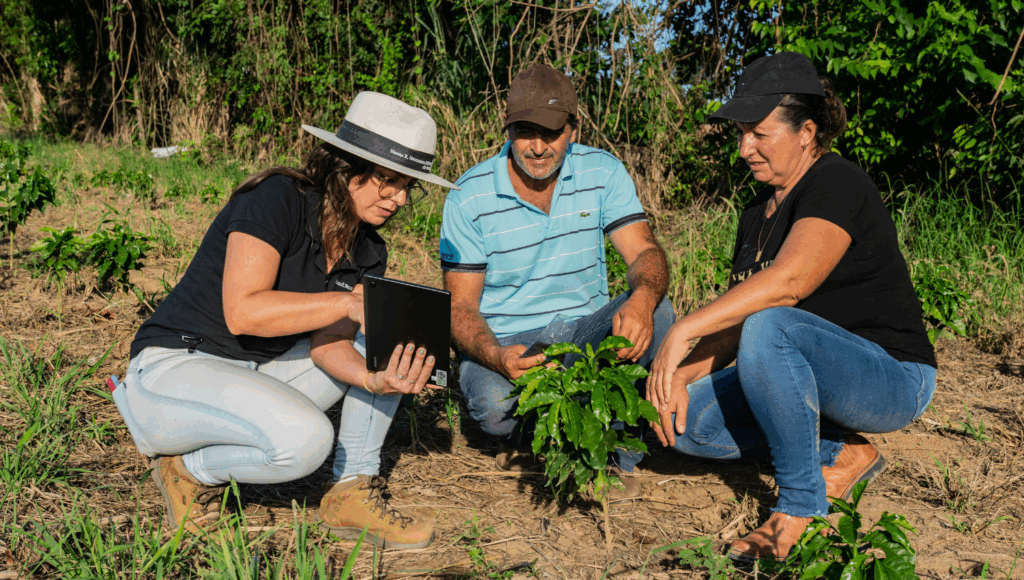

On average, producer organizations claim they have spent about 150,000 US-Dollar on climate change action accumulatively, which breaks down to an average of roughly 21,000 US-Dollars per action between 2019 and 2022. The arguments of the producer’s organizations for not doing more are understandable: As they finance themselves, they are somewhat limited. Most things that are done are neither very well structured nor financed because it depends on each year’s performance. If the bottom line of producer’s organizations in a given year is good, they invest a little more in climate action. Thus, their engagement will always remain tied to the commodity cycle.
One possibility to remedy at least the most severe shortcomings is to design new climate finance products especially designed for the needs and aspirations of smallholder communities. Given the gap in climate action financing, it makes sense to design targeted finance products for climate adaptation. Based on the farmers’ perceptions of local climate change and their need for adequate measures, practical solutions can be financed, like planting trees for shade or as windbreakers, procuring new varietals, or starting compost to enhance soil fertility or to protect the soil against erosion and drought. These seem simple – but they cost money.
IMPROVED DATA AND NEW DIGITAL TOOLS
Finance is also one of the reasons that a significant portion of the global population remains disconnected from the internet. Most smallholder families so far have only minimal access to external data. As of 2020, still half of the world’s population lacked access to online connectivity, while approximately 3.4 billion individuals do not utilize mobile internet services although they live in areas covered by mobile broadband networks. Traditional communication channels persist, with SMS being the preferred and most trusted mode for farmers to access digital information. But there is more to it than money.
Claire Rhodes, CEO and Founder of Producers Direct, knows which properties are important for data being used efficiently by smallholders. According to her, data insights need to be actionable by smallholders. The adoption of the respective results can be maximized when digital insights are complemented by physical services to support change in farm practices. Farmers’ trust in the data can be enhanced through peer-to peer validation. Finally, investment in farmer leadership supports service delivery and youth play key roles in sharing insights with family members who are not comfortable using smartphones. Planning for digital innovations must center on farmer-led designs.

The design of digital tools should originate from the foundation of farmers’ reality, knowledge, and experience. And if these tools are not explicitly designed for women, they will only serve men. Moreover, youth leaders can play key roles in innovation and experimentation, particularly in relation to technology and data services.
Defying limited connectivity, Producers Direct is a global network of more than one million smallholder farmers that blends traditional wisdom with new technology to strengthen smallholder farmers’ incomes and resilience. Producers Direct works with initiatives such as Croppie to offer practical solutions and advice for coffee farmers. By simply uploading photos of their coffee plants, Croppie grants farmers access to valuable insights generated by artificial intelligence, including coffee yield forecasts and tailored advice, e.g., on pests, coffee farm management, and financial tips. Moreover, Croppie facilitates peer-to-peer connections among farmers facing similar challenges, fostering a sense of community and support within the agricultural sector.
DIVE DEEPER INTO THE TOPIC WITH THE RECORDING OF OUR SYMPOSIUM:
You are currently viewing a placeholder content from YouTube. To access the actual content, click the button below. Please note that doing so will share data with third-party providers.
More Information